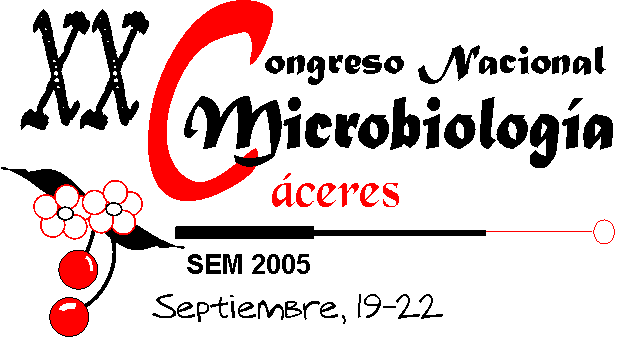

E - 228
1NEIKER, Basque Institute of Agricultural Research and Development, c/Berreaga, 1, E-48160 Derio, Spain. cgarbisu@neiker.net. 2Dept. Plant Biology and Ecology, University of the Basque Country, P.O. Box 644, E-48080 Bilbao, Spain.
Phytoremediation, or the use of green plants to remove pollutants from the environment or to render them harmless, is currently being considered a new, highly promising, cost-effective technology for the remediation of polluted sites. Phytoextraction of metals is most promising and might indeed be at present approaching commercialization. In this respect, the "model" hyperaccumulator Thlaspi caerulescens appears of great potential for Zn phytoextraction and thus has been much screened in the search for more efficient ecotypes.
Most importantly, the goal of a phytoextraction process must be not only to remove the metal from the soil but to restore soil health as well. Although to date, more emphasis has been placed on physicochemical parameters as indicators of soil health, (micro)biological indicators are becoming increasingly used due to their simplicity, sensitivity, and their capacity to provide information that integrates many environmental factors.
In an attempt to evaluate both (i) the capacity of an actively growing ecotype of T. caerulescens (Lanestosa), isolated from the vicinity of an abandoned mine, to extract Zn from soil and (ii) the possibility of biomonitoring the efficiency of a phytoextraction process using microbiological indicators of soil health, two short-term microcosm studies (i.e., one focused on bulk soil and the other on rhizospheric soil) were established with soils from the abandoned mine which showed different degrees of metal contamination: (i) a highly metal polluted soil and (ii) a soil showing a moderate level of metal pollution.
During the phytoextraction studies, the following parameters were determined: metal plant content, soil metal concentration, a variety of physicochemical parameters (pH, OM, CEC, N, P, etc.), soil microbial biomass, and soil microbial biodiversity (functional metabolic biodiversity).
Apart from showing its great potential for Zn phytoextraction, T. caerulescens Lanestosa growth has proved to have a beneficial effect on soil health. The main positive effect here observed relates to the improved C mineralization values reached in the presence of T. caerulescens, probably due to the presence of extra C from plant root exudates. The revegetation of these polluted soils with T. caerulescens could indeed help activate their microbial functionality. It was concluded that the microbiological parameters of soil health here studied appear useful bioindicators of the efficiency of a phytoextraction process.